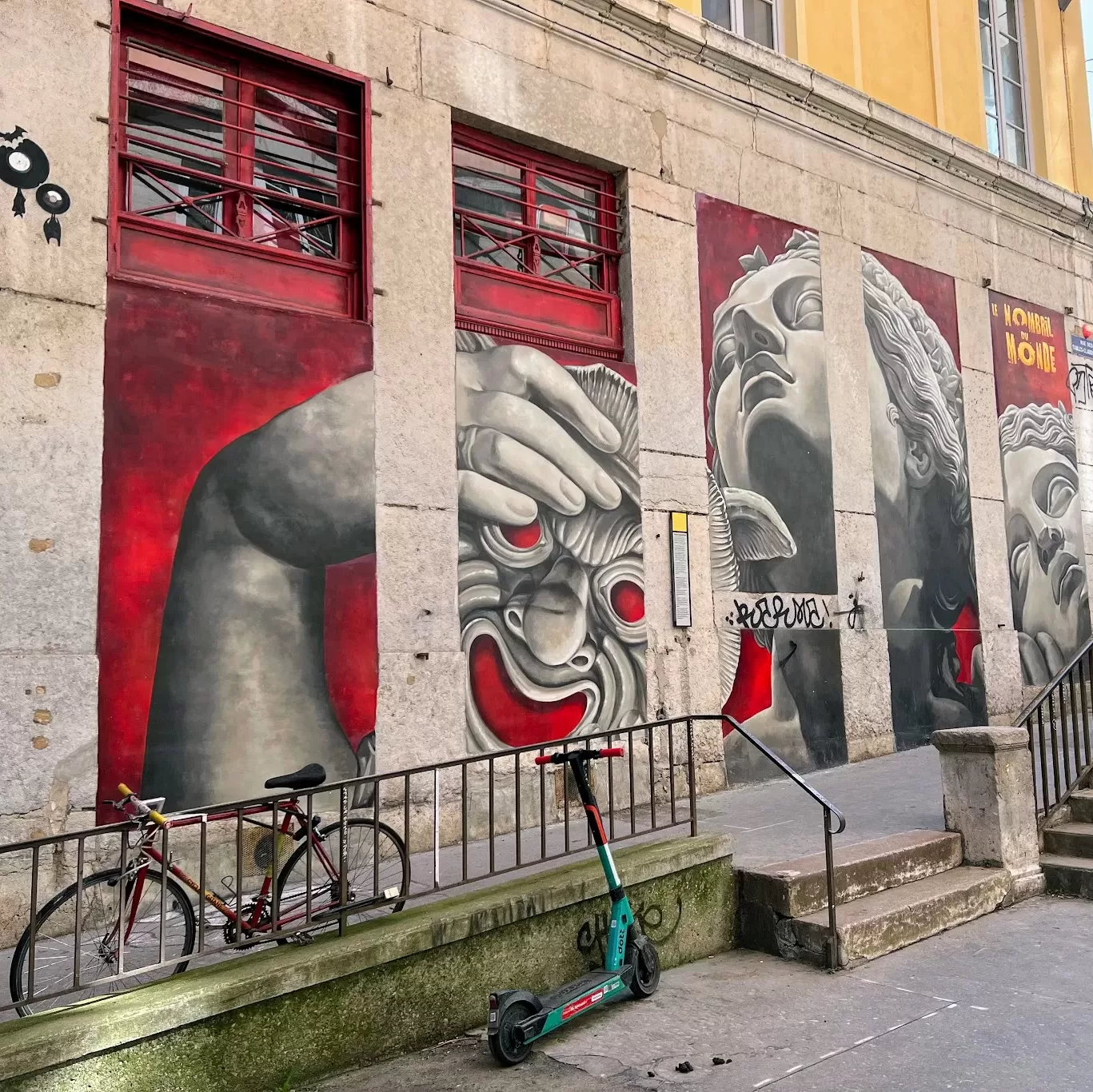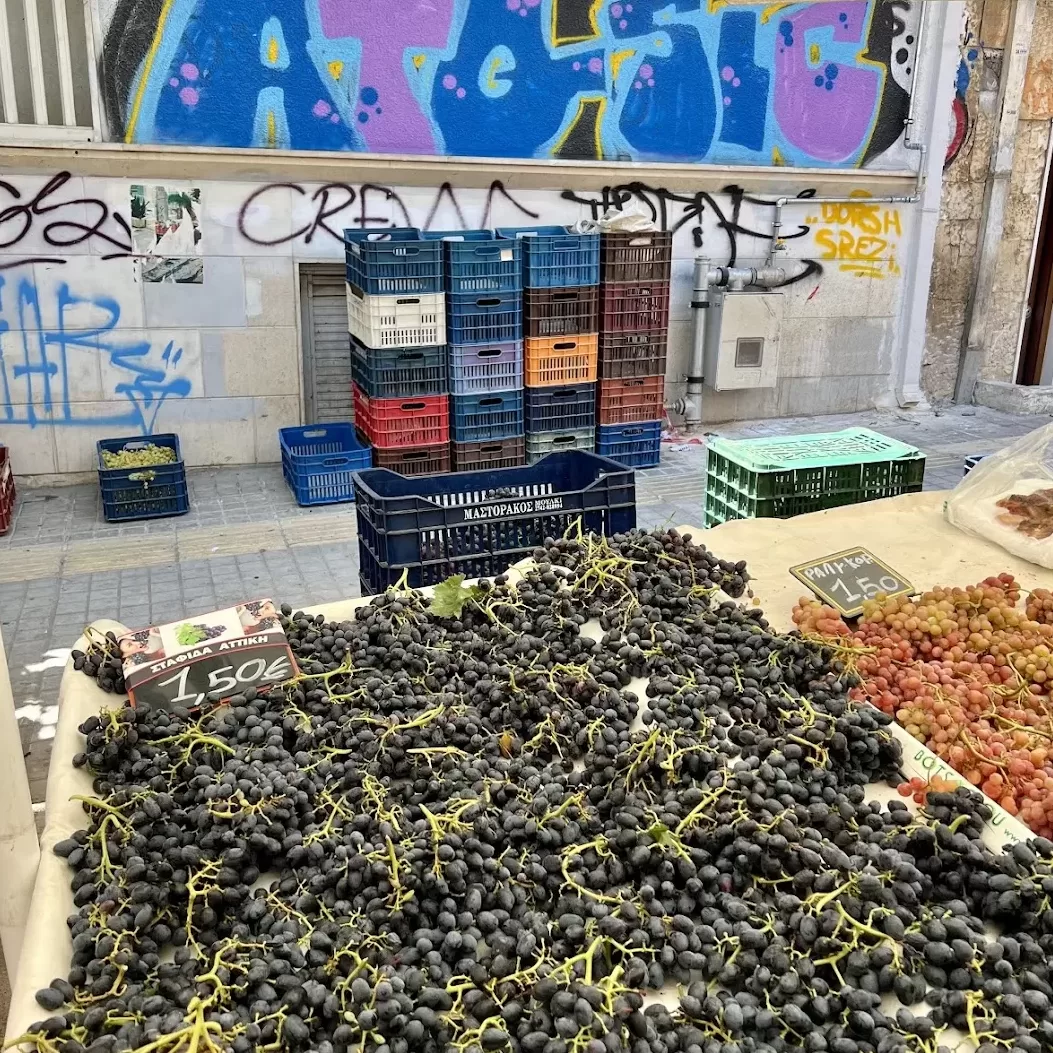Traveling alone is life-changing, in large part because it challenges you. I did not enjoy or appreciate my first solo trip 15 years ago (I actually hated it!), but I treasure solo travel now. That’s because, with plenty of practice, I’ve learned how to navigate it better.
Use the advice and tips I’ve picked up over the years to help you shape the experience you want to have, get the most out of your trip, and connect with people along the way.
Go into it with the right mindset
No matter how much research and planning you do, you never know what you’re going to get when you travel, especially when traveling alone. That’s what makes solo travel so exciting, but it can also make it disappointing if you don’t go into it with the right mindset.
Know that there’s only so much you can control. Your outlook and expectations are two things you do have control over, though. So expect the unexpected, have an open mind, and seize the day, regardless of what it looks like. One day, you might meet amazing people and have the time of your life. The next day, it might storm, and you get stuck inside. Be ready to take those days as an opportunity to relax, read, or reflect. Set out to make the most of the experience, rather than having certain experiences. Remind yourself of that frequently to stay grounded in your intentions and keep your expectations in check.
Keep in mind that traveling alone gets easier the more you do it. Don’t beat yourself up or write it off if you don’t love it at first or feel lonely. Be patient with yourself. Solo travel is truly a learned skill. You will feel more confident being alone with yourself and better equipped to shape your experiences with time and practice. Until then, leverage these tips and tricks I’ve picked up over the years while you figure out what works best for you.
Plan ahead
When you travel alone, advance planning and research will help you shape your experience. Choosing accommodation is one of the most important ways you can do that.
If you’re looking for a social environment with other travelers, on a budget, or want to go on cheap group tours that you can sign up for at a moment’s notice, choose a hostel. If staying in a dorm room with other people isn’t for you, most hostels have private rooms with bathrooms, so you don’t have to sacrifice your personal space and privacy.
Another budget-friendly option for travelers that want to be able to cook or prefer to mingle with locals, as opposed to other travelers, is renting a room through AirBnB. This is a great option to immerse in the local culture or for cost-effective, longer-term stays.
For some of the amenities of a hotel, but with a more local experience and the opportunity to mingle with other travelers as much or as little as you want, go for a guesthouse (always my preference!). Some guesthouses offer breakfast and have a shared dining table, which is a great way to meet like-minded people. I always look for guesthouses with shared public spaces that help to bring people together. The host will also be a local expert and have recommendations and information that you won’t find in any guidebook.
If meeting others isn’t your top priority, a hotel might be right for you. Hotels are great if you’re looking for luxury, traveling with your partner or friends, or have a fully planned and packed trip. I book a hotel when I’m planning to be more independent and self-sufficient.
If freedom and independence are most important to you, renting a home through AirBnB may be your best option. You can come and go as you please, have people over, etc. AirBnB homes are also great for unique accommodation experiences, like staying in a windmill or treehouse, or for the “vacation home” experience abroad with family or friends.
Plan but don’t box yourself in
To the extent possible, make travel arrangements that give you the option to cancel or shift later. One of the best parts about traveling alone is having the freedom to do what you want when you want. I try to preserve that freedom by making flexible plans. Sometimes you want to stay somewhere longer because you love the place, made great friends, or got sick and lost a few days. Other times, you’re ready to leave a place early. Flexible travel arrangements allow you to adjust your trip based on how things go.
Embrace group activities
I’m willing to bet that most of you going on a solo trip are not looking for a silent retreat. While I like to spend time by myself, more often than not, I also want companionship. I find group activities to be the perfect way to get the best of both worlds on a solo trip.
Group tours allow you to learn about a place’s history and culture from a local tour guide while meeting other travelers. They’re also a cost-effective option for visiting sights that are difficult or expensive to reach on your own and a fraction of the price of private tours.
Group classes are a fantastic way to immerse in the local culture in the company of others. When I travel by myself for more than just a few weeks on vacation, I almost always try to orient longer-term trips around a class or activity. I took a one-month salsa dancing course in Latin America (trust me, it doesn’t show) and spent six months studying French at a university in France (apparently I didn’t learn much there either; I freeze up after “bonjour“). These experiences were wonderful in that they helped me immerse in the culture and learn a new skill while meeting like-minded people with similar interests.
Put yourself out there
One of the best things about traveling is meeting people you would never meet otherwise and learning about a place, its culture, and way of life through the locals. But meeting people can take effort and courage. First, know that people want to meet and talk to you! Other travelers want to meet people as much as you do, and locals (in most places) love to meet foreigners. So don’t be afraid to put yourself out there. Be confident in yourself.
For some people, talking to strangers might be second nature, but for those who find it less natural, I’m sharing how I typically open myself up to others when traveling alone.
Mingling 101
Body language helps you convey your openness to engaging and assess whether others around you may be open to engaging too. If I’m sitting alone and open to chatting, I keep my head up rather than looking down at my phone and avoid appearing focused or busy. I sit facing in the direction of other people, as opposed to away from them or closed off, and will not avoid making eye contact the way I would if I wanted to be left alone.
If I want to engage with someone and think from their body language that they might want to as well, I usually strike up a conversation by making a short comment (as opposed to asking a question) that the person can choose to respond to or not with minimal pressure. For example, at a bar, while chatting with the bartender, I might comment to the person next to me that the bartender makes great drinks. If someone responds to me out of politeness (many women feel pressure to do this), but doesn’t try to continue the conversation, that is a clear sign they do not want to chat. Respect people’s boundaries.
To connect with locals, which is the best way to learn about and experience a place, learn a few words in the local language like hello, thank you, and goodbye. It always surprises me how much locals appreciate foreigners making an effort, even with just one or two words. More often than not, it turns into a memorable conversation and experience.
Safety Note: When you put yourself out there, you open yourself up to the good and the bad, at no fault of your own. If someone makes you feel uncomfortable or you simply don’t want to talk to someone anymore, do not hesitate to disengage and physically move if needed. Don’t ever worry about being rude or making a scene. Always put your safety and comfort first. You do not owe anyone anything. Make sure to read these important safety tips for travelers, acquired over years of solo travel plus on-the-job training abroad.




Great information and advice! Personally, I have found the most difficult part of traveling alone to be dining alone in a restaurant, have you developed methods that make that less awkward?
Kathy, I’m so glad you brought this up because this is such a common feeling for all of us. I haven’t mastered this by any means, but my first approach is to remind myself that the feeling of insecurity or self-consciousness is entirely in my head. Nobody else cares what I’m doing or is thinking twice about it. So I try first to deal with my own self-confidence, because that’s where the discomfort is coming from. Second, I like to be friendly and have a conversation with the server or wait staff. That helps me feel more comfortable, and socializing makes the experience more enjoyable for me. Having said all of that, there are times when I’m not up for all of that mental work. In those moments, I opt for a more casual restaurant, as opposed to fine dining. :)